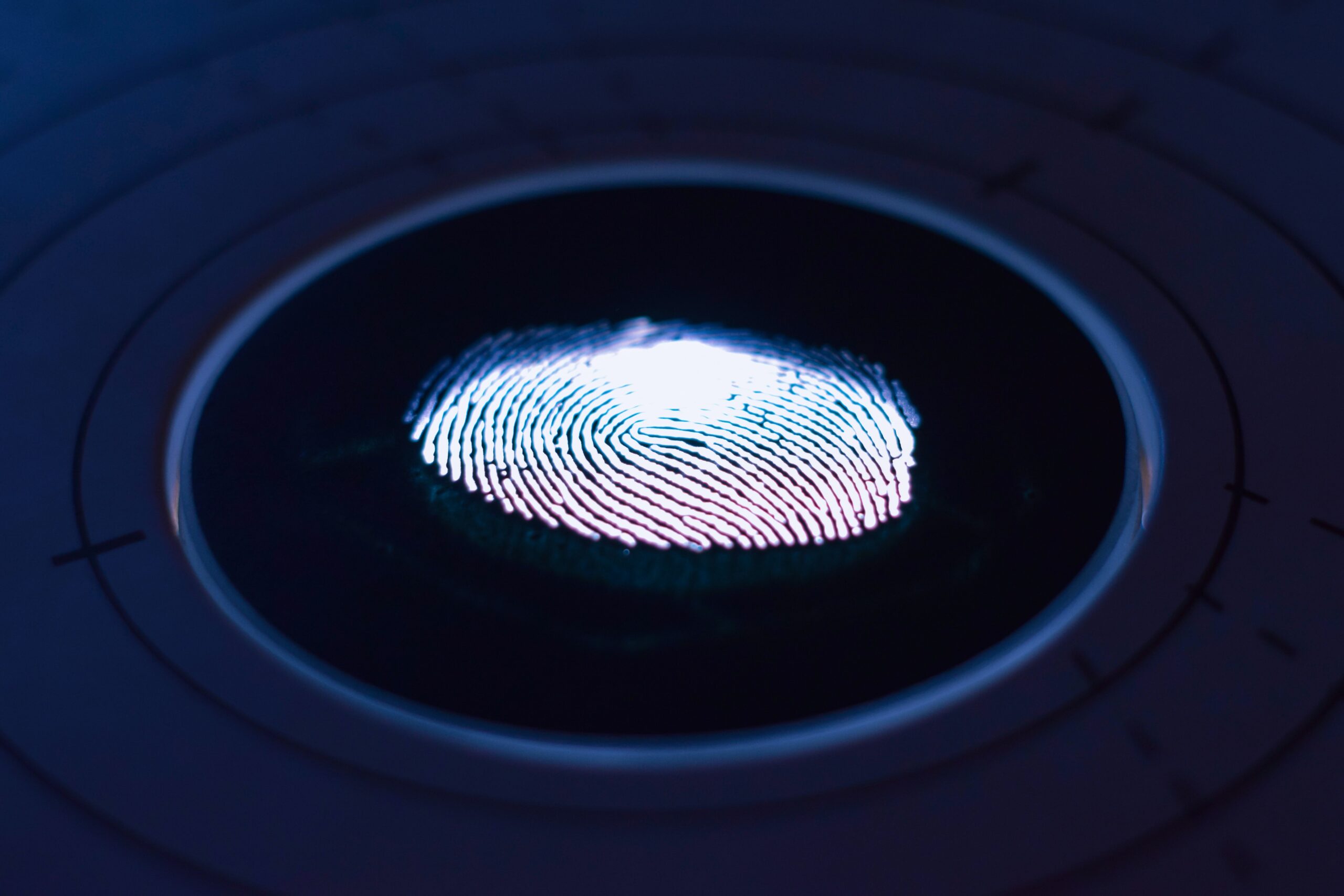Are biometric attendance systems the best option available?

Indeed, more efficient and accurate systems have replaced traditional methods for attendance systems. One such advanced method is the biometric attendance system.
Biometric attendance systems utilize unique physical or behavioral characteristics of individuals to record their attendance accurately. These systems work by capturing and analyzing biometric data, which can include fingerprints, handprints, facial features, iris patterns, voiceprints, or even a combination of these traits. Here's an overview of how biometric attendance systems typically work:
- Enrollment: Initially, employees' biometric data is collected and stored securely in the system. This involves capturing the specific biometric trait, such as a fingerprint or facial image, and converting it into a digital template that represents a unique identifier.
- Verification: When an employee arrives at work, they interact with the biometric attendance system. For example, they may place their finger on a fingerprint scanner or look into a facial recognition camera. The system then compares the captured biometric data with the stored template for that individual.
- Authentication: The system verifies the identity of the employee by comparing the captured biometric data against the stored templates in the database. If there is a match, the attendance is recorded, and if not, access is denied.
Now, let's discuss the accuracy of a biometric attendance system and why they are considered the most accurate and best option for businesses:
- Uniqueness and Accuracy: Biometric traits are unique to each individual, making them highly accurate for identification purposes. Unlike traditional methods that can be circumvented (e.g., sign-in sheets can be manipulated or time cards can be shared), biometric data is difficult to forge, reducing the chances of buddy punching or fraudulent practices.
- Non-transferable: Biometric traits cannot be transferred, borrowed, or lost like ID cards, passwords, or tokens. This ensures that employees must be physically present to record their attendance, enhancing the reliability of the system.
- Convenience and Speed: Biometric attendance systems are fast and convenient to use. Employees only need to interact briefly with the system, eliminating the need for cards, badges, or remembering passwords. This reduces administrative tasks and saves time for both employees and HR personnel.
- Enhanced Security: Biometric data is considered more secure than traditional methods since it is unique to an individual and difficult to replicate. Additionally, biometric attendance systems often come with advanced encryption and data protection mechanisms to safeguard sensitive information.
- Scalability: Biometric attendance systems can easily handle a large number of employees, making them suitable for businesses of all sizes. They can be integrated with existing HR software to streamline attendance management and generate accurate reports effortlessly.
Overall, biometric attendance systems offer a high level of accuracy, security, convenience, and scalability, making them an excellent option for businesses seeking to improve attendance monitoring while reducing administrative overhead. However, it's important to consider privacy concerns and ensure appropriate measures are in place to protect employees' biometric data. Learn more here about biometric attendance systems.




